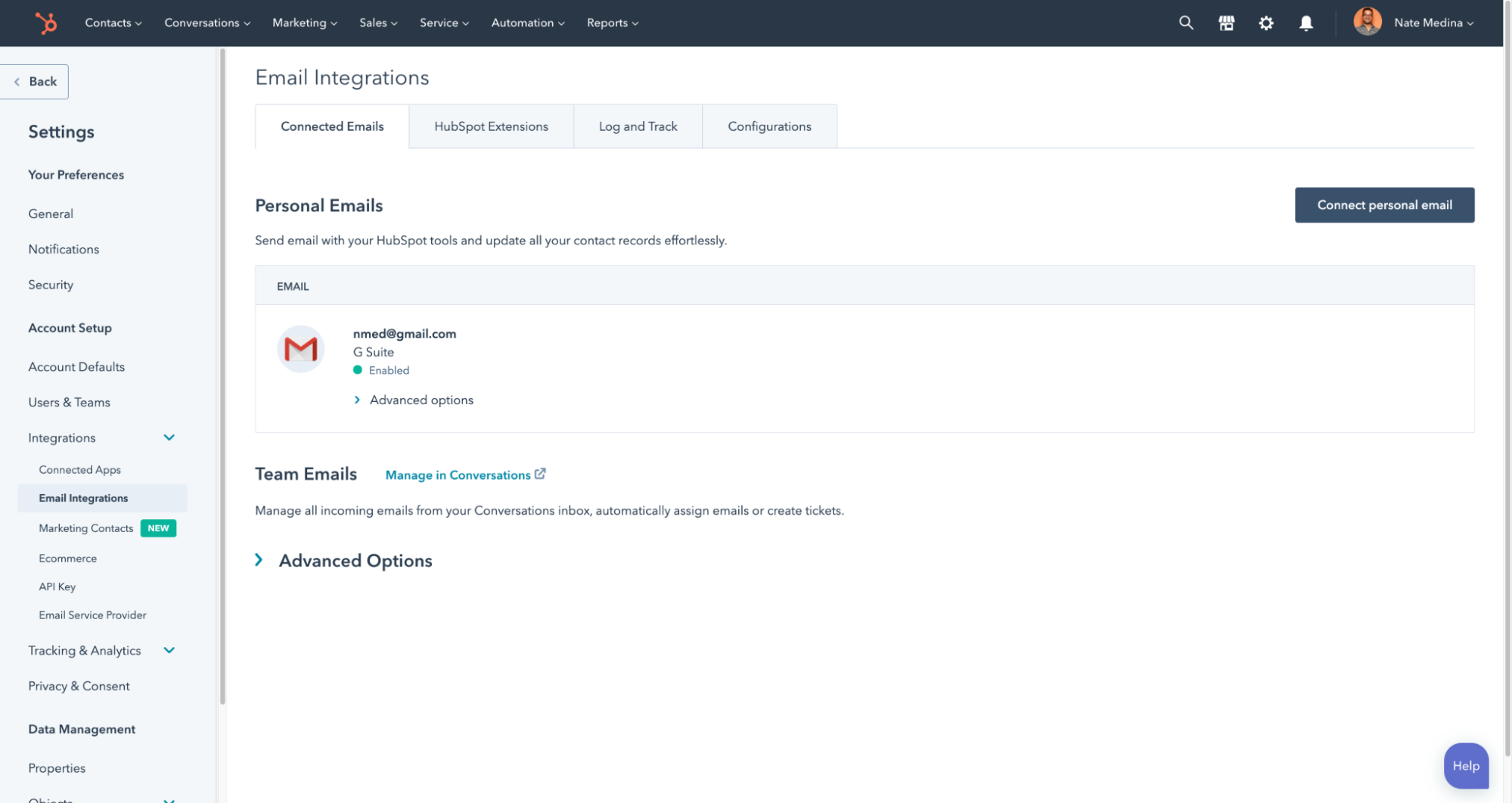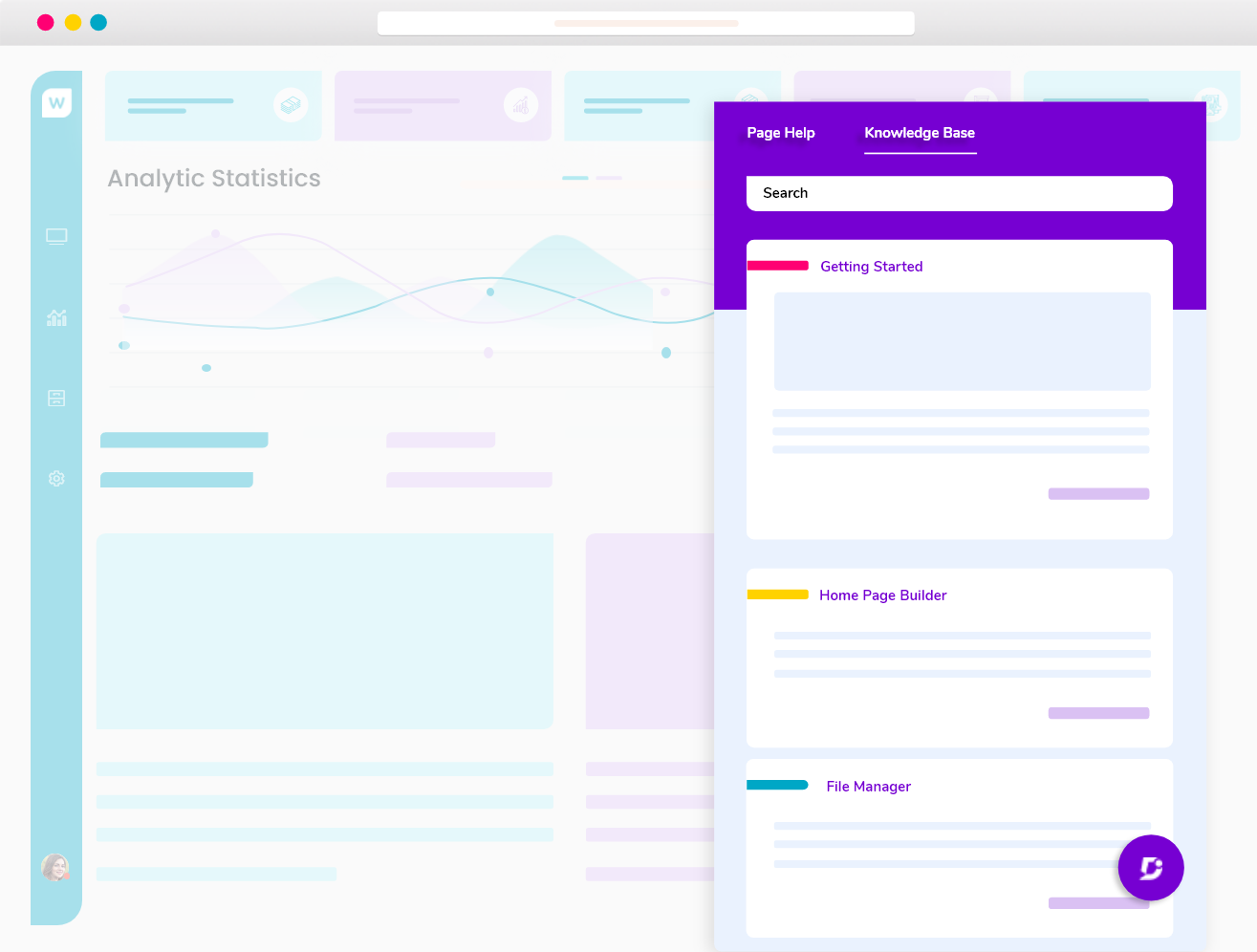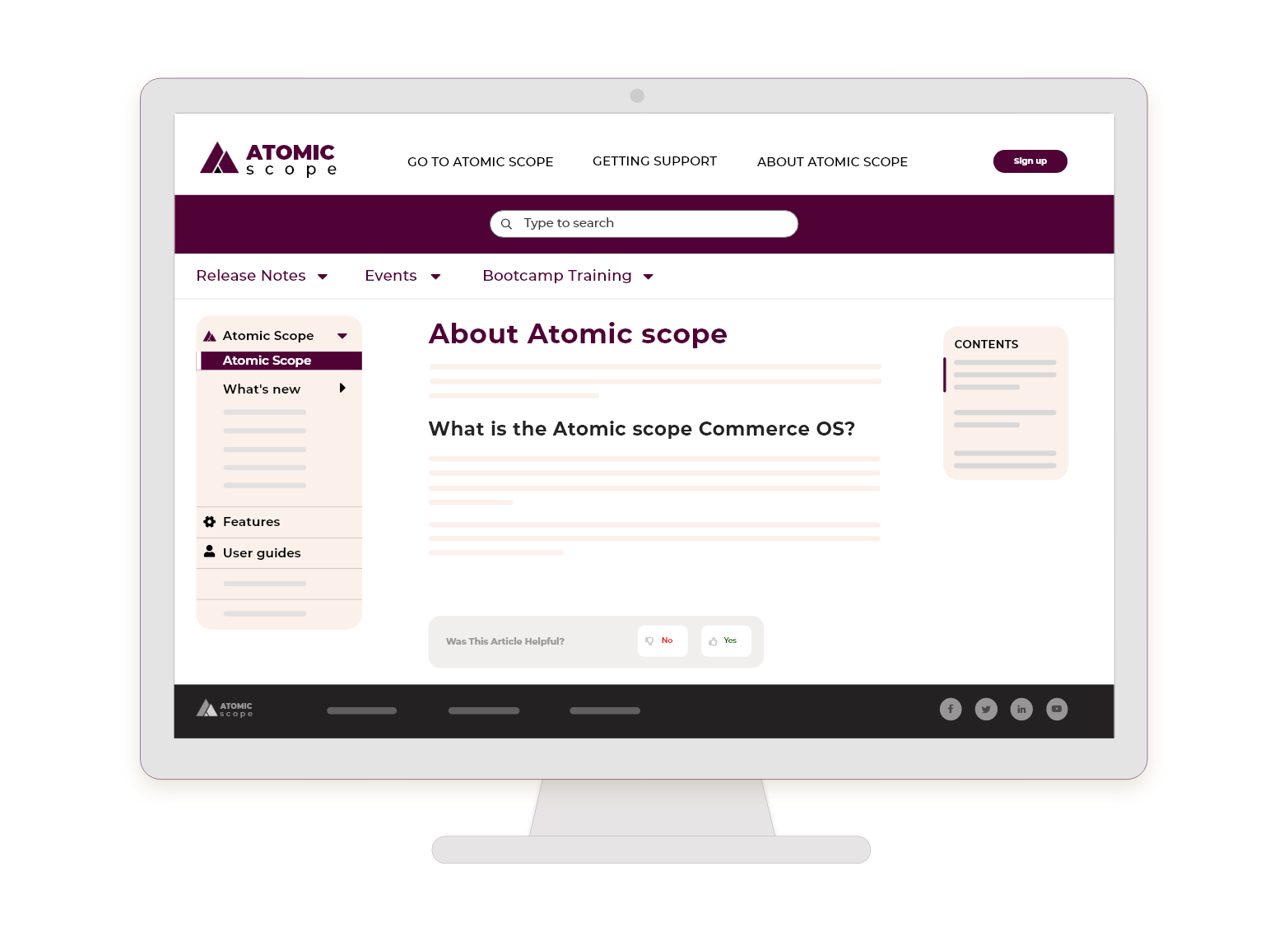When you think you’ve seen it all, one thing rings true — the only certainty is uncertainty.
Nowadays, competition is fierce, and technologies quickly become obsolete. In that sense, equipping yourself and your business with as much knowledge as possible is one way to guarantee a competitive advantage.
However, what separates successful companies from the rest is recognizing new knowledge contributions from employees.
These knowledge-centric companies can create, scale, and disseminate both new and existing knowledge throughout their organization in a short time.
They also acknowledge the different types of knowledge, including the kind of knowledge that sets each person apart — tacit knowledge.
What is Tacit Knowledge?
Tacit knowledge is the knowledge you’ve gained through living experience, both in your personal life and professional development. It is often subjective, informal, and difficult to share or express because it is affected by our personal beliefs and values.
Tacit knowledge is abstract and affects how we perceive and move through the world. Examples of tacit knowledge include:
- Learning how to speak another language
- Innovation
- Aesthetic Sense
- Leadership
- Sales
How Tacit Knowledge is Obtained
The term ‘tacit knowledge’ was first used by chemical engineer turned scientist Michael Polanyi in his 1958 book Personal Knowledge: Towards a Post-Critical Philosophy. He asserted there was a type of knowledge that we could not articulate.
Tacit knowledge is often expressed in:
- Behaviors
- Actions
- Habits
- Routines
- Instincts
- Responses
- Intuitions
You cannot simply instruct a person through a course to obtain tacit knowledge. Although studying the facts and details about a subject is a prerequisite to obtaining tacit knowledge, spending time learning on the job and gaining personal experience is what raises the knowledge quality.
It’s more difficult and time-consuming, but that’s why it’s so valuable. Some ways to obtain tacit knowledge include:
- Simplifying processes
- Going through experiences
- Trial and error
- Experiments
- Capturing data throughout a research period
- Documenting findings, then using the information to strategize
Tacit Knowledge vs. Explicit Knowledge
Generally speaking, the different types of knowledge can be categorized into two primary types — explicit and tacit knowledge.

Explicit Knowledge
Explicit knowledge can be taught, shared, and explained easily with instructions. It requires little supervision or previous knowledge and experience.
For example, building furniture from IKEA. Other examples include:
- Maps
- Handbooks
- Cookbooks
- Instruction manuals
- Operation manuals
Compared to tacit knowledge, explicit knowledge is vastly more straightforward. It does not require deep thinking.
Tacit Knowledge
Tacit knowledge (also known as implicit knowledge) is a form of knowledge gained through personal experience. It differs from person to person, making it complicated to explain. While tacit knowledge often provides different contexts to problem-solving, it poses complex challenges and obstacles when people try to address where the other is coming from.
For example, consider two people working different roles at the same marketing firm. When asked the same questions, an SEO marketing specialist will answer differently from an email marketer because they have different experiences. They will likely answer based on their unique understanding and backgrounds.
Even two people working at the same company and the same job will experience things differently. The difference is amplified further when considering other traits like race or gender.
Why Businesses Should Focus on Capturing Tacit Knowledge
Now that you know what tacit knowledge is, how it differs from explicit knowledge, and how it contributes to challenges and misunderstanding in the workplace, you might be wondering if tacit knowledge is worth capturing in the business world.
Tacit knowledge is considered an intangible asset, accounting for 84% of all assets in S&P companies. In 2019, companies’ intangible assets were worth $21 trillion, three times more than their tangible counterparts.
Here are some benefits to capturing tacit knowledge:
1. It Allows You to Learn from Others’ Experiences.
The beauty of tacit knowledge sharing is that it addresses knowledge gaps and lets you learn from others’ experiences. When you open yourself up to others’ points of view, you gain the knowledge to improve your business and its practices.
Injecting tacit knowledge into standard operating procedures (SOPs) gives more context on how things are done, which is especially useful for remote onboarding.
Start by experimenting with different strategies and case studies. Here are some best practices for doing so:
- Start small scale with a new experience.
- Find positive improvements to metrics.
- Scale the experiment by making it larger.
- Document findings and see what does or does not work.
The best thing about failing early and learning from others’ experiences is that it gives you more direction for the future.
2. It Helps You Communicate More Effectively.
The thing about tacit knowledge is that you can’t explain how you learn it; you simply absorb it by gaining experience within an organization.
Therefore, relying on an osmosis-like knowledge transfer does not guarantee it will happen. Your team members may not know what they don’t know and continue using their usual approach instead of going with the better way to do things.
Many misunderstandings occur in large companies when two divisions expect outputs that conflict with each other. For example, the customer service and marketing teams may not agree with the results the sales team has in mind.
Misunderstandings are an uncomfortable but necessary part of corporate life. Think about it — there would be no innovation if everyone agreed with each other. Additionally, disagreements stemming from differences in tacit knowledge also force people to communicate more effectively.
One way to avoid misunderstandings is to make all information visible and accessible to all employees through an internal knowledge base.
A knowledge management system empowers companies and leaders to align goals, communicate effectively, and learn from each other.
3. It Teaches You to Value Different Perspectives.
Human capital is a company’s most important asset, and leveraging each employee’s experience and perspective is one of the best things a company can do.
Any company can teach technical skills, but each person’s tacit knowledge and experience are more valuable.
For example, if you’re looking for solutions to a customer-related problem, consider suggestions from employees who directly interact with the customer and witness their concerns first-hand. They would probably have better perspectives than an executive who does more high-level strategy.
4. It Differentiates Your Company from Competitors.
Incorporating tacit knowledge gives your company a competitive advantage. Not only does it contribute to better decision-making, but it also equips your company to serve its internal and external stakeholders better.
Moreover, developing the best practices and demonstrating the optimal approach to tasks allows you to operate at a higher level, contributing to increased productivity.
Today, tacit knowledge is a business’ most valuable untapped resource. When employees leave, they take their tacit knowledge with them, costing companies up to 213% of an experienced employee’s salary to find a replacement.
In addition, when customers can count on receiving the information they’re looking for when engaging with your brand, they have more incentives to choose you over competitors.
Value your employees’ tacit knowledge because it is irreplaceable. Competitors can steal your tools and strategies, but they cannot replicate your employees’ contributions and experiences.
Create a self-service Knowledge Base for your teams, customers & organizations.
Book a Demo
How Can Companies Promote Tacit Knowledge Thinking?
No one should underscore the benefits of tacit knowledge. However, the challenge of transferring tacit knowledge to organizational knowledge is one many businesses face.
To start, companies can foster a culture around tacit knowledge. Here are a few ways to achieve that:
1. Create a Learning Environment.

Tacit knowledge can be acquired and passed down, but the issue is that not everything that can be taught can be explained. In that sense, having the right environment may help.
When you have an environment and culture that promotes knowledge creation and sharing, your employees will be more open to opportunities to learn new skills. Make sure to offer them support and guidance throughout the learning process.
2. Encourage Hands-On Training.

Because tacit knowledge can be difficult to explain, one way to enhance tacit skills is to encourage employees to observe others while doing a particular task. Observation can lead to tacit learning.
Another alternative is starting a reverse mentoring program wherein senior employees are paired with new hires to learn from each other.
If your company still uses a hybrid work model, you can also create training videos demonstrating how a task is usually done.
3. Be Inclusive.

Do not limit problem-solving to one or two departments; consider all departments and take different points of view to develop more holistic solutions. Write down strategies and suggestions from employees at every level. Owning an Employee handbook is a good practice.
It’s also a good idea to take a scientific approach to problem-solving. Test different strategies and solutions, and make sure to document your findings. Lastly, make the information accessible to all employees so everyone can learn from each other.
Tools to Capture Tacit Knowledge
Tacit knowledge poses a challenge to knowledge management. If you want to promote tacit knowledge in your company, choosing the right tools is crucial.
Tools shouldn’t get in the way of processes. One significant issue with knowledge management tools is that they usually require users to switch systems or screens, disrupting the thought process.
Here are some suggestions on how to use standard tools to capture tacit knowledge from different business functions:
1. Marketing Tools

- Email marketing campaigns — Email marketing is effective because everyone has an email and opens it. To use this tool to promote tacit knowledge, send out different campaigns and month over month and year over year metrics comparisons.
- Newsletters — Send newsletters to promote new events and share promotions or content. There are different email marketing software that supports A/B testing and monitor metrics. Businesses shouldn’t only use newsletters exclusively for external communication; you can write internal newsletters to demonstrate good examples of leadership.
- Blog — Blogs are another popular marketing tool to share knowledge with customers and employees. You can publish different content in various formats such as text, audio, or video. Start a blog to post demo videos or case studies with data that showcases a project’s success to promote tacit learning.
2. Customer Service Tools

Call logging and recording — Call center representatives can use call logging and recording software to track customer interactions. These recordings can be used in training.
Live chat — Live chat allows customers to ask agents questions directly in real time. Write your key takeaways and lessons from each interaction and share common questions with other reps.
Email ticketing system — An email ticketing system organizes and prioritizes customer support inquiries, ensuring efficient resolution and improving the customer experience. This method enhances team effectiveness and provides insights for continuous service improvement.
Frequently Asked Question (FAQ) database — Developing a FAQ database or knowledge base assistant allows customers to ask questions and provide answers and feedback.
Also, Check out our blog on Call center knowledge base
3. Sales Tools

Deal trackers — These sales tracking systems help sales reps track their leads and make notes for discoveries.
VoIP tools — These tools record sales calls and pitches. Sales teams can use them to record scripts and calls they can refer to in the future.
4. Management Tools

- Knowledge base site — Use a knowledge base site to compile information from all your employees in a giant internal wiki. It serves as a single point of truth employees can use in any situation.
- Timelines and Gantt charts — Use timelines and Gantt charts to align goals across different cross-functional teams.
- Campaign management tools — Use campaign management tools to oversee and monitor large-scale marketing campaigns and track from A/B testing to KPIs.
Final Thoughts
Businesses stay competitive by leveraging their employees’ tacit knowledge, a type of knowledge earned through experience. While transferrable, tacit knowledge poses a challenge to knowledge management, especially in the current remote work setup.
Although challenging, workarounds and tools are available that make the transfer of tacit knowledge possible. A knowledge base is an excellent way to start documenting the grounds to spread tacit knowledge and foster a learning environment.
Frequently Asked Questions
-
What is tacit knowledge?
Tacit knowledge is personal, experience-based knowledge that is difficult to document or explain, such as leadership skills, creativity, and intuition.
-
How does tacit knowledge differ from explicit knowledge?
Explicit knowledge is structured and easily shared, such as manuals and books, while tacit knowledge is informal and gained through personal experience.
-
Why is tacit knowledge important in business?
Tacit knowledge drives innovation, problem-solving, and competitive advantage by leveraging employees’ unique experiences and insights.
-
How can businesses capture tacit knowledge?
Businesses can capture tacit knowledge by fostering mentorship, using internal knowledge bases, documenting experiences, and encouraging collaboration.




 –
– 

